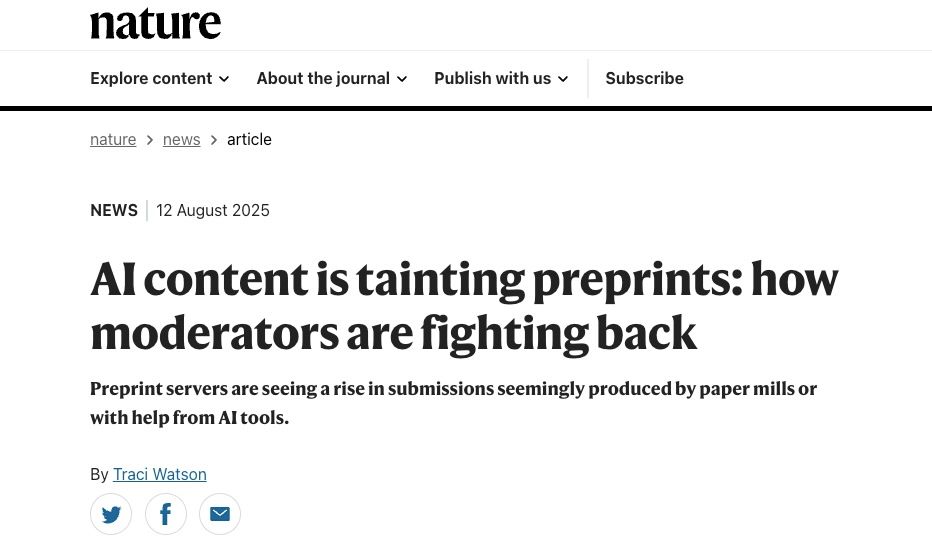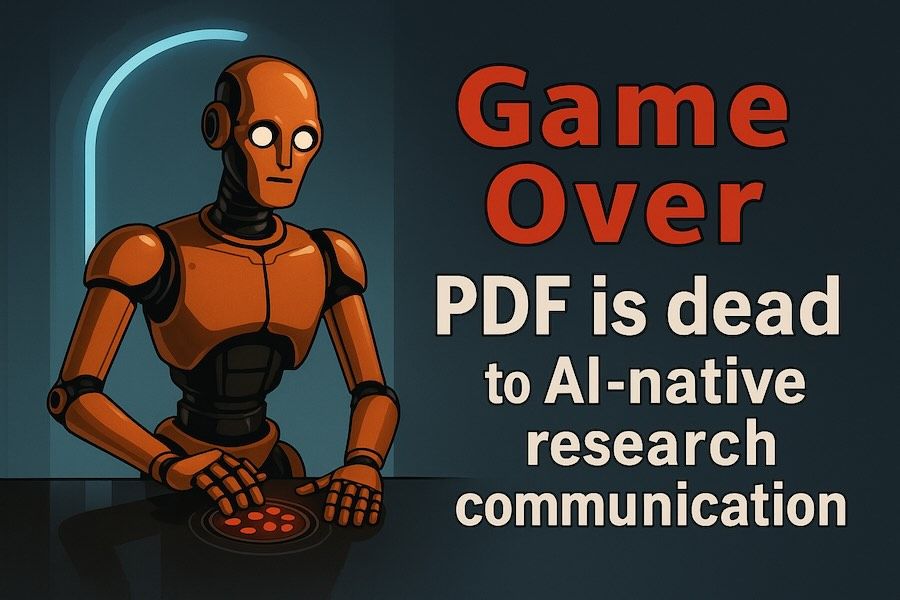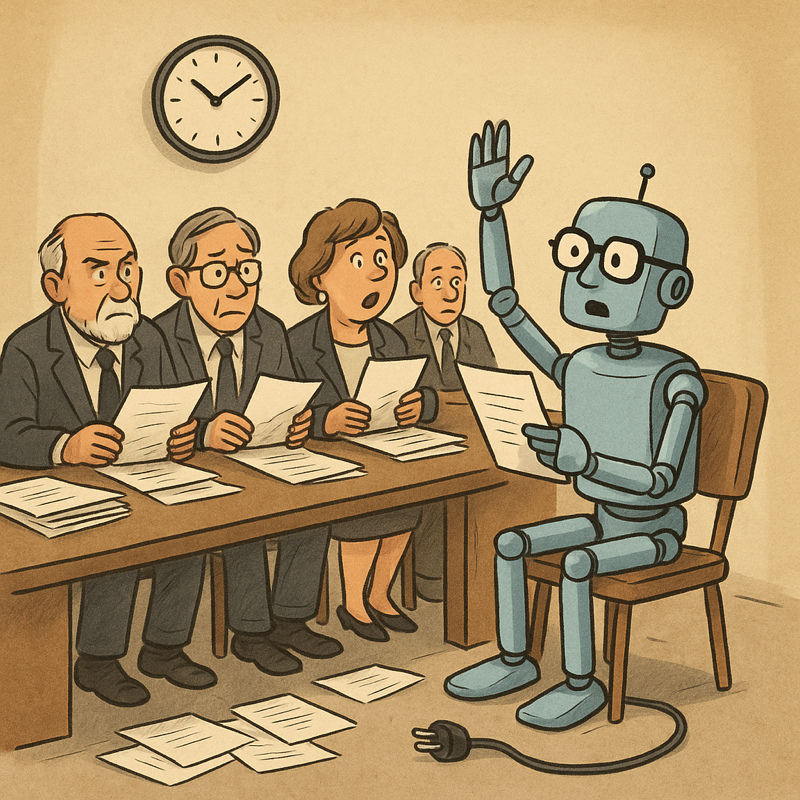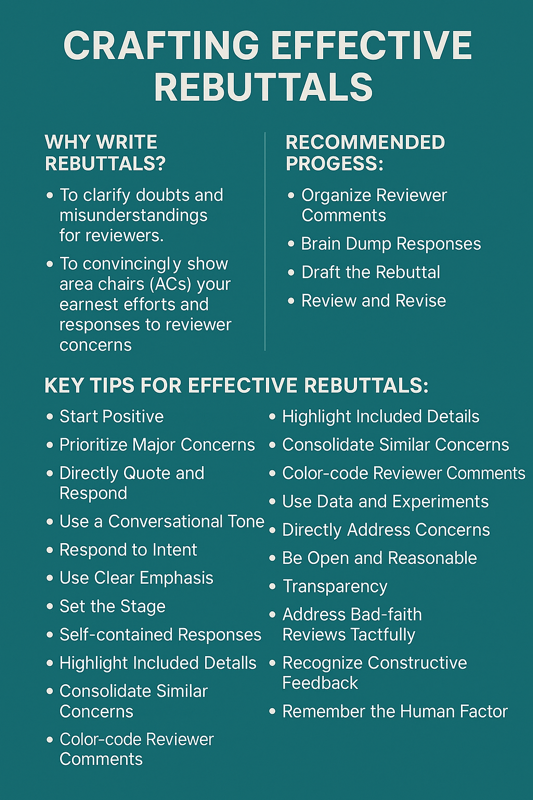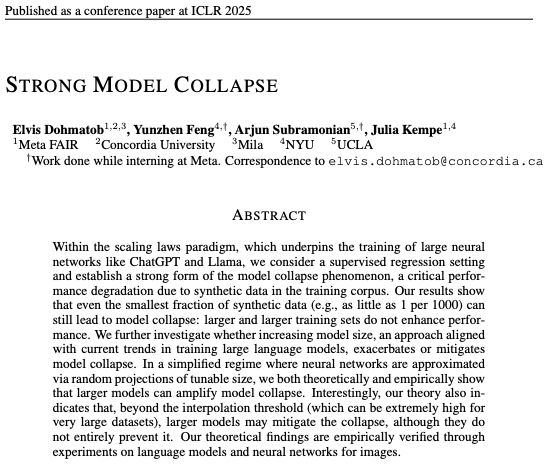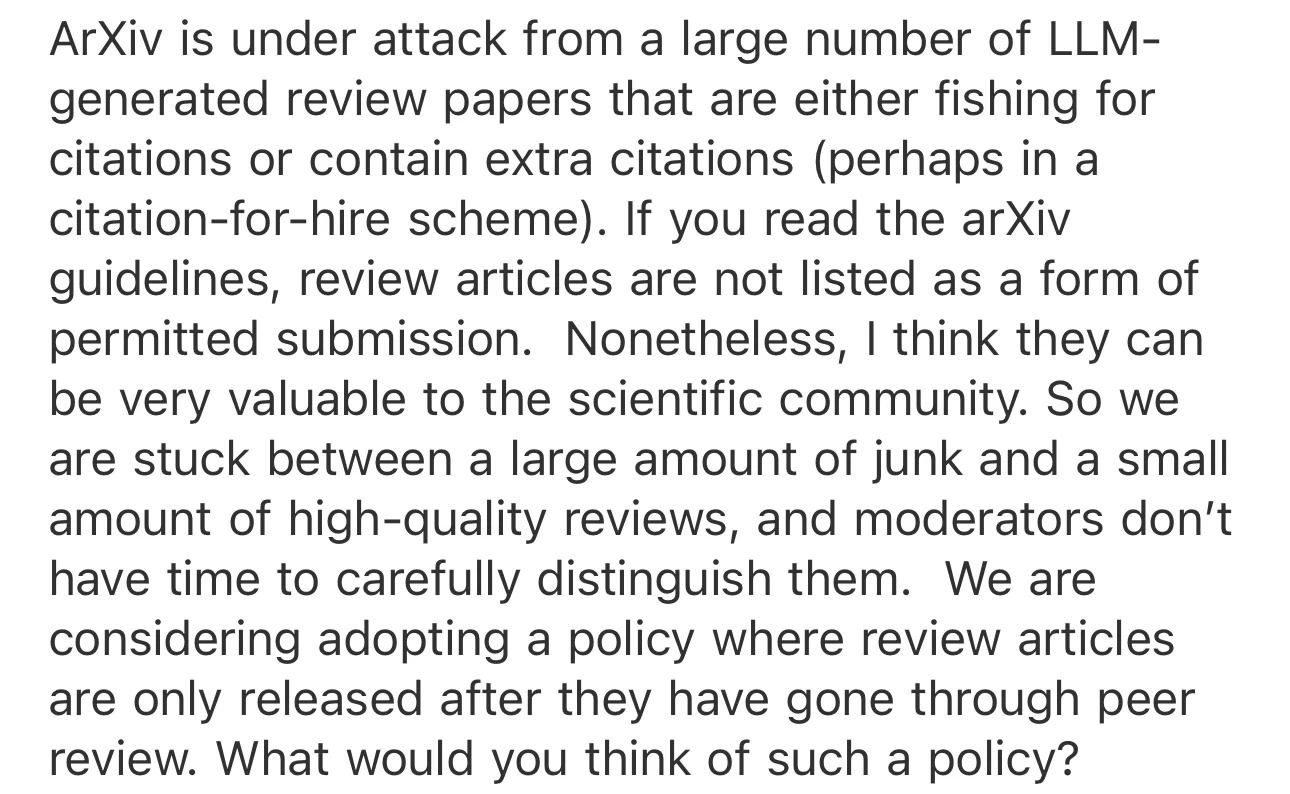Shocking Cases, Reviewer Rants, Score Dramas, and the True Face of CV Top-tier Peer Review!
“Just got a small heart attack reading the title.”
— u/Intrepid-Essay-3283, Reddit
[image: giphy.gif]
Introduction: ICCV 2025 — Not Just Another Year
ICCV 2025 might have broken submission records (11,239 papers! 🤯), but what really set this year apart was the open outpouring of review experiences, drama, and critique across communities like Zhihu and Reddit. If you think peer review is just technical feedback, think again. This year, it was a social experiment in bias, randomness, AI-detection accusations, and — sometimes — rare acts of fairness.
Below, we dissect dozens of real cases reported by the community. Expect everything: miracle accepts, heartbreak rejections, reviewer bias, AC heroics, AI accusations, desk rejects, and score manipulation. Plus, we bring you the ultimate summary table — all real, all raw.
The Hall of Fame: ICCV 2025 Real Review Cases
Here’s a complete table of every community case reported above. Each row is a real story. Find your favorite drama!
#
Initial Score
Final Score
Rebuttal Effect
Decision
Reviewer/AC Notes / Notable Points
Source/Comment
1
4/4/2
5/4/4
+1, +2
Accept
AC sided with authors after strong rebuttal
Reddit, ElPelana
2
5/4/4
6/5/4
+1, +1
Reject
Meta-review agreed novelty, but blamed single baseline & "misleading" boldface
Reddit, Sufficient_Ad_4885
3
5/4/4
5/4/4
None
Reject
Several strong scores, still rejected
Reddit, kjunhot
4
5/5/3
6/5/4
+1, +2
Accept
"Should be good" - optimism confirmed!
Reddit, Friendly-Angle-5367
5
4/4/4
4/4/4
None
Accept
"Accept with scores of 4/4/4/4 lol"
Reddit, ParticularWork8424
6
5/5/4
6/5/4
+1
Accept
No info on spotlight/talk/poster
Reddit, Friendly-Angle-5367
7
4/3/2
4/3/3
+1
Accept
AC "saved" the paper!
Reddit, megaton00
8
5/5/4
6/5/4
+1
Accept
(same as #6, poster/talk unknown)
Reddit, Virtual_Plum121
9
5/3/2
4/4/2
mixed
Reject
Rebuttal didn't save it, "incrementality" issue
Reddit, realogog
10
5/4/3
-
-
Accept
Community optimism for "5-4-3 is achievable"
Reddit, felolorocher
11
4/4/2
4/4/3
+1
Accept
AC fought for the paper, luck matters!
Reddit, Few_Refrigerator8308
12
4/3/4
4/4/5
+1
Accept
Lucky with AC
Reddit, Ok-Internet-196
13
5/3/3
4/3/3
-1 (from 5 to 4)
Reject
Reviewer simply wrote "I read the rebuttals and updated my score."
Reddit, chethankodase
14
5/4/1
6/6/1
+1/+2
Reject
"The reviewer had a strong personal bias, but the ACs were not convinced"
Reddit, ted91512
15
5/3/3
6/5/4
+1/+2
Accept
"Accepted, happy ending"
Reddit, ridingabuffalo58
16
6/5/4
6/6/4
+1
Accept
"Accepted but not sure if poster/oral"
Reddit, InstantBuffoonery
17
6/3/2
-
None
Reject
"Strong accept signals" still not enough
Reddit, impatiens-capensis
18
5/5/2
5/5/3
+1
Accept
"Reject was against the principle of our work"
Reddit, SantaSoul
19
6/4/4
6/6/4
+2
Accept
Community support for strong scores
Reddit, curious_mortal
20
4/4/2
6/4/2
+2
Accept
AC considered report about reviewer bias
Reddit, DuranRafid
21
3/4/6
3/4/6
None
Reject
BR reviewer didn't submit final, AC rejected
Reddit, Fluff269
22
355
555
+2
Accept
"Any chance for oral?"
Reddit, Beginning-Youth-6369
23
5/3/2
-
-
TBD
"Had a good rebuttal, let's see!"
Reddit, temporal_guy
24
4/3/4
-
-
TBD
"Waiting for good results!"
Reddit, Ok-Internet-196
25
5/5/4
5/5/4
None
Accept
"555 we fn did it boys"
Reddit, lifex_
26
633
554
-
Accept
"Here we go Hawaii♡"
Reddit, DriveOdd5983
27
554
555
+1
Accept
"Many thanks to AC"
Reddit, GuessAIDoesTheTrick
28
345
545
+2
Accept
"My first Accept!"
Reddit, Fantastic_Bedroom170
29
4/4/2
232
-2, -2
Reject
"Reviewers praised the paper, but still rejected"
Reddit, upthread
30
5/4/4
5/4/4
None
Reject
"Another 5/4/4 reject here!"
Reddit, kjunhot
31
432
432
None
TBD
"432 with hope"
Zhihu, 泡泡鱼
32
444
444
None
Accept
"3 borderline accepts, got in!"
Zhihu, 小月
33
553
555
+2
Accept
"5-score reviewer roasted the 3-score reviewer"
Zhihu, Ealice
34
554
555
+1
Accept
"Highlight downgraded to poster, but happy"
Zhihu, Frank
35
135
245
+1/+2
Reject
"Met a 'bad guy' reviewer"
Zhihu, Frank
36
235
445
+2
Accept
"Congrats co-authors!"
Zhihu, Frank
37
432
432
None
Accept
"AC appreciated explanation, saved the paper"
Zhihu, Feng Qiao
38
442
543
+1/+1
Accept
"After all, got in!"
Zhihu, 结弦
39
441
441
None
TBD
"One reviewer 'writing randomly'"
Zhihu, ppphhhttt
40
4/4/3/2
-
-
TBD
"Asked to use more datasets for generalization"
Zhihu, 随机
41
446 (443)
-
-
TBD
"Everyone changed scores last two days"
Zhihu, 877129391241
42
553
553
None
Accept
"Thanks AC for acceptance"
Zhihu, Ealice
43
4/4/3/2
-
-
Accept
"First-time submission, fair attack points"
Zhihu, 张读白
44
4/4/4
4/4/4
None
Accept
"Confident, hoping for luck"
Zhihu, hellobug
45
5541
-
-
TBD
"Accused of copying concurrent work"
Zhihu, 凪·云抹烟霞
46
554
555
+1
Accept
"Poster, but AC downgraded highlight"
Zhihu, Frank
47
6/3/2
-
None
Reject
High initial, still rejected
Reddit, impatiens-capensis
48
432
432
None
Accept
"Average final 4, some hope"
Zhihu, 泡泡鱼
49
563
564
+1
Accept
"Grateful to AC!"
Zhihu, 夏影
50
6/5/4
6/6/4
+1
Accept
"Accepted, not sure if poster or oral"
Reddit, InstantBuffoonery
NOTE:
This is NOT an exhaustive list of all ICCV 2025 papers, but every real individual case reported in the Zhihu and Reddit community discussions included above.
Many entries were “update pending” at posting — when the author didn’t share the final result, marked as TBD.
Many papers changed hands between accept/reject on details like one reviewer not updating, AC/Meta reviewer overrides, “bad guy”/mean reviewers, and luck with batch cutoff.
🧠 ICCV 2025 Review Insights: What Did We Learn?
1. Luck Matters — Sometimes More Than Merit
Multiple papers with 5/5/3 or even 6/5/4 were rejected. Others with one weak reject (2) got in — sometimes only because the AC “fought for it.”
"Getting lucky with the reviewers is almost as important as the quality of the paper itself." (Reddit)
2. Reviewer Quality Is All Over the Place
Dozens reported short, generic, or careless reviews — sometimes 1-2 lines with major negative impact.
Multiple people accused reviewers of being AI-generated (GPT/Claude/etc.) — several ran AI detectors and reported >90% “AI-written.”
Desk rejects were sometimes triggered by reviewer irresponsibility (ICCV officially desk-rejected 29 papers for "irresponsible" reviewers).
3. Rebuttal Can Save You… Sometimes
Many cases where good rebuttals led to score increases and acceptance.
But also numerous stories where reviewers didn’t update, or even lowered scores post-rebuttal without clear reason.
4. Meta-Reviewers & ACs Wield Real Power
Several stories where ACs overruled reviewers (for both acceptance and rejection).
Meta-reviewer “mistakes” (e.g., recommend accept but click reject) — some authors appealed and got the result changed.
5. System Flaws and Community Frustrations
Complaints about the “review lottery”, irresponsible/underqualified reviewers, ACs ignoring rebuttal, and unfixable errors.
Many hope for peer review reform: more double-blind accountability, reviewer rating, and even rewards for good reviewing (see this arXiv paper proposing reform).
Community Quotes & Highlights
"Now I believe in luck, not just science."
— Anonymous
"Desk reject just before notification, it's a heartbreaker."
— 877129391241, Zhihu
"I got 555, we did it boys."
— lifex, Reddit
"Three ACs gave Accept, but it was still rejected — I have no words."
— 寄寄子, Zhihu
"Training loss increases inference time — is this GPT reviewing?"
— Knight, Zhihu
"Meta-review: Accept. Final Decision: Reject. Reached out, they fixed it."
— fall22_cs_throwaway, Reddit
Final Thoughts: Is ICCV Peer Review Broken?
ICCV 2025 gave us a microcosm of everything good and bad about large-scale peer review: scientific excellence, reviewer burnout, human bias, reviewer heroism, and plenty of randomness.
Takeaways:
Prepare your best work, but steel yourself for randomness.
Test early on https://review.cspaper.org before and after submission to help build reasonable expectation
Craft a strong, detailed rebuttal — sometimes it works miracles.
If you sense real injustice, appeal or contact your AC, but don’t count on it.
Above all: Don’t take a single decision as a final judgment of your science, your skill, or your future.
Join the Conversation!
What was YOUR ICCV 2025 review experience?
Did you spot AI-generated reviews? Did a miracle rebuttal save your work?
Is the peer review crisis fixable, or are we doomed to reviewer roulette forever?
“Always hoping for the best! But worse case scenario, one can go for a Workshop with a Proceedings Track!”
— Reddit
[image: peerreview-nickkim.jpg]
Let’s keep pushing for better science — and a better system.
If you find this article helpful, insightful, or just painfully relatable, upvote and share with your fellow researchers. The struggle is real, and you are not alone!
 3
3
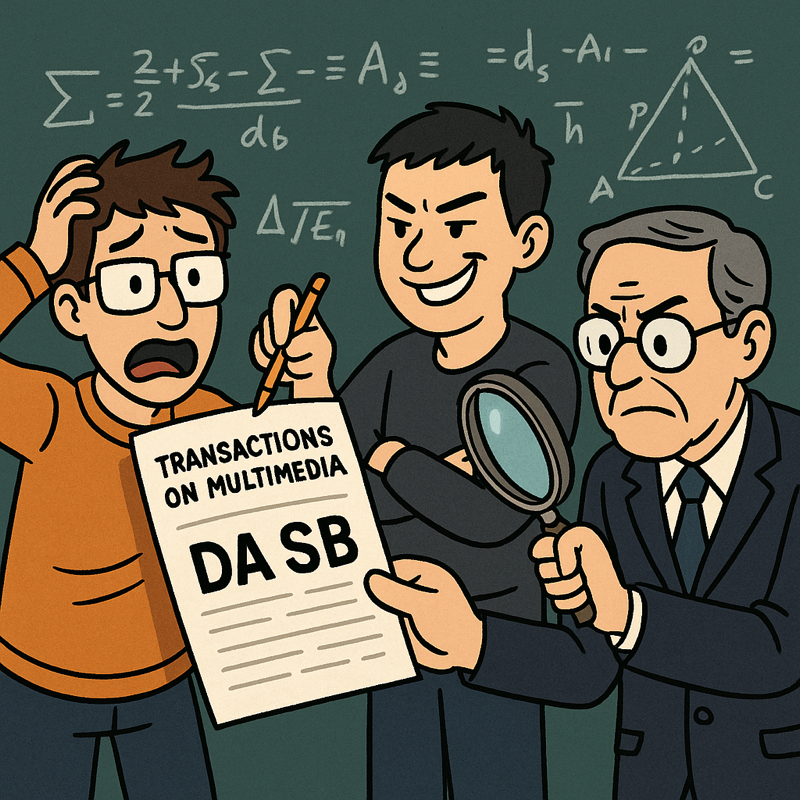 3
3
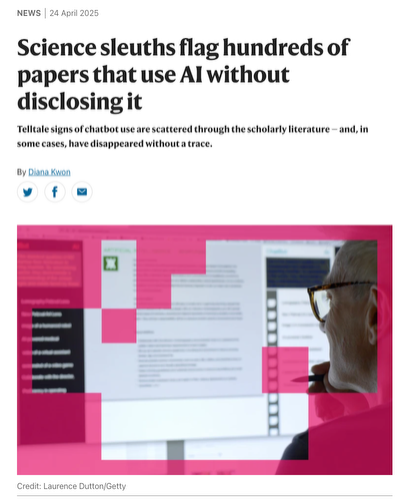 6
6

